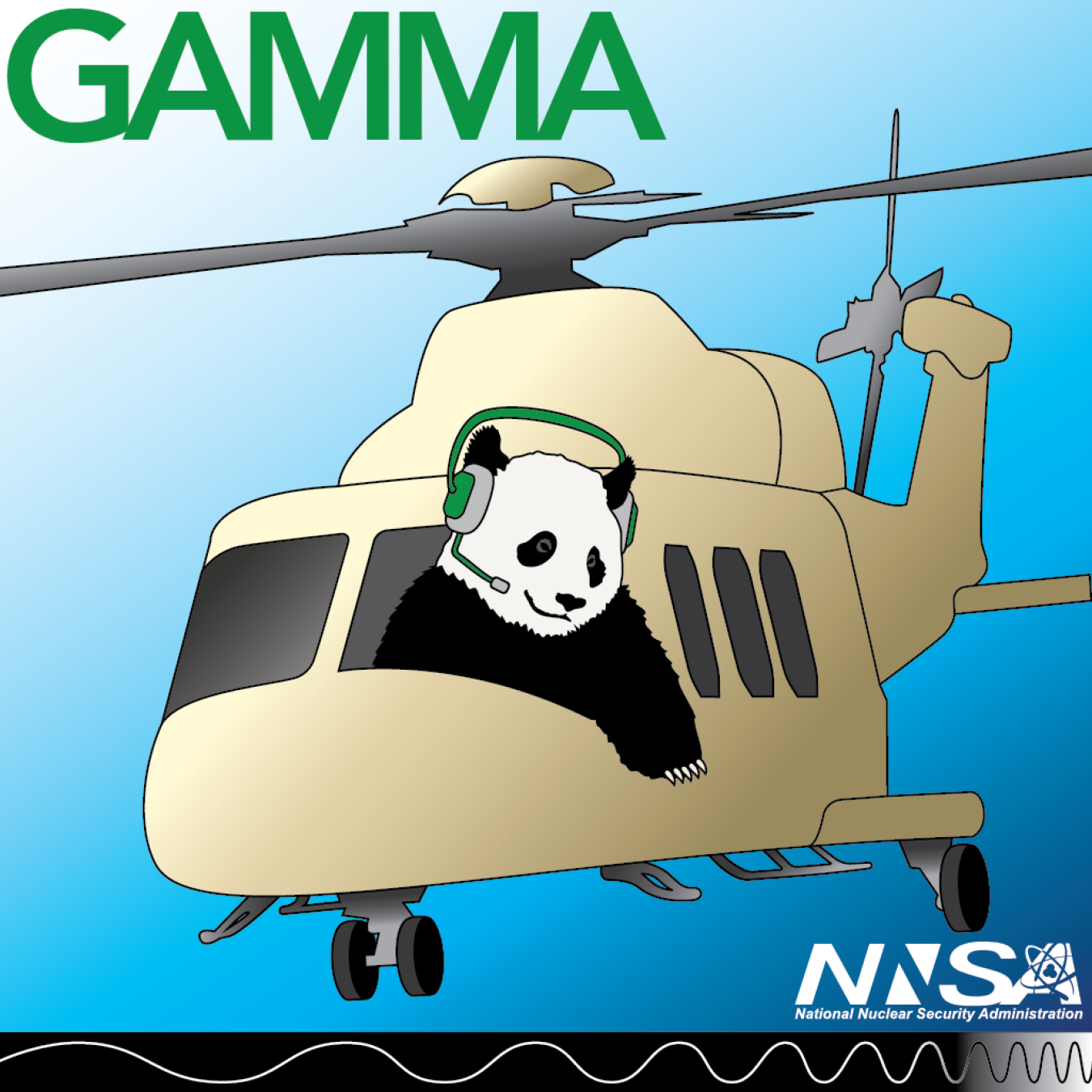Teams in NNSA’s labs, plants, and sites detect gamma rays through numerous different methods and in all kinds of places, from the sky to the heavens.
National Nuclear Security Administration
June 16, 2025Gamma rays are the shortest wavelength and thus highest energy area of the electromagnetic spectrum. And, if you know what you’re looking for, they can reveal information about what created them. Gamma rays can be made by lightning or giant explosions millions of miles away from Earth. They are also formed when radioactive elements decay, so you can imagine why NNSA would be interested in detecting them. In fact, teams in NNSA’s labs, plants, and sites detect gamma rays through numerous different methods and in all kinds of places, from the sky to the heavens.
Detecting nuclear material from on high
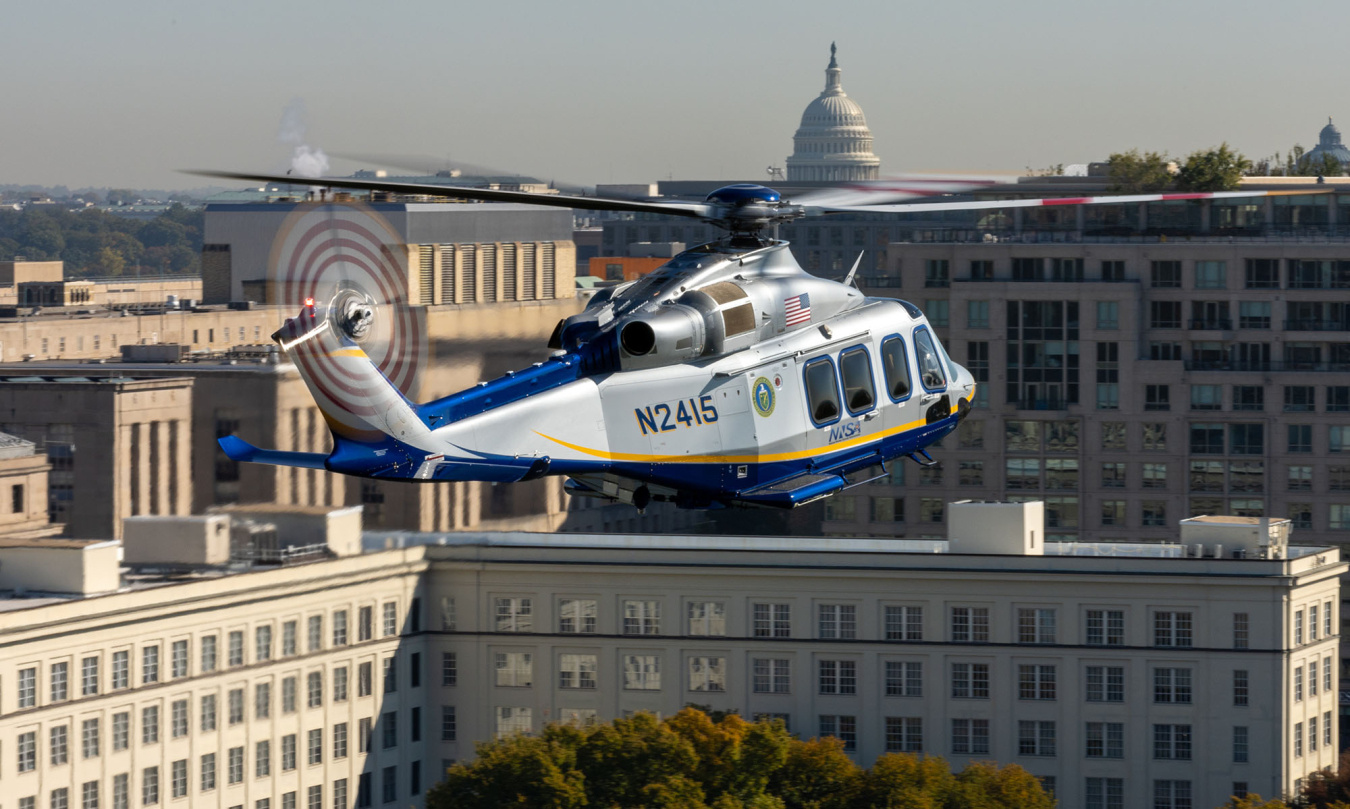
If a bad guy wanted to use a dirty bomb containing radioactive material to disrupt a major event, responders would want to know what the radiation landscape looked like before anything happened – and maybe even get a map showing the already “hot” areas for reference.
That’s exactly what NNSA’s Nuclear Emergency Support Team (NEST) aircraft do. The Aerial Measuring System – both planes and helicopters – can detect all kinds of radiation, including gamma rays.
NEST deploys the aircraft before major events – think the Super Bowl, New Year’s Eve celebrations, or a Presidential inauguration. They fly back and forth over the area in a pattern and stay low to the ground. This allows them to get as close to potential radiation sources as possible. All the while, specialists use sensitive equipment to map the area as it looked “before” the event. The experts also determine what areas might be above normal background radiation levels.
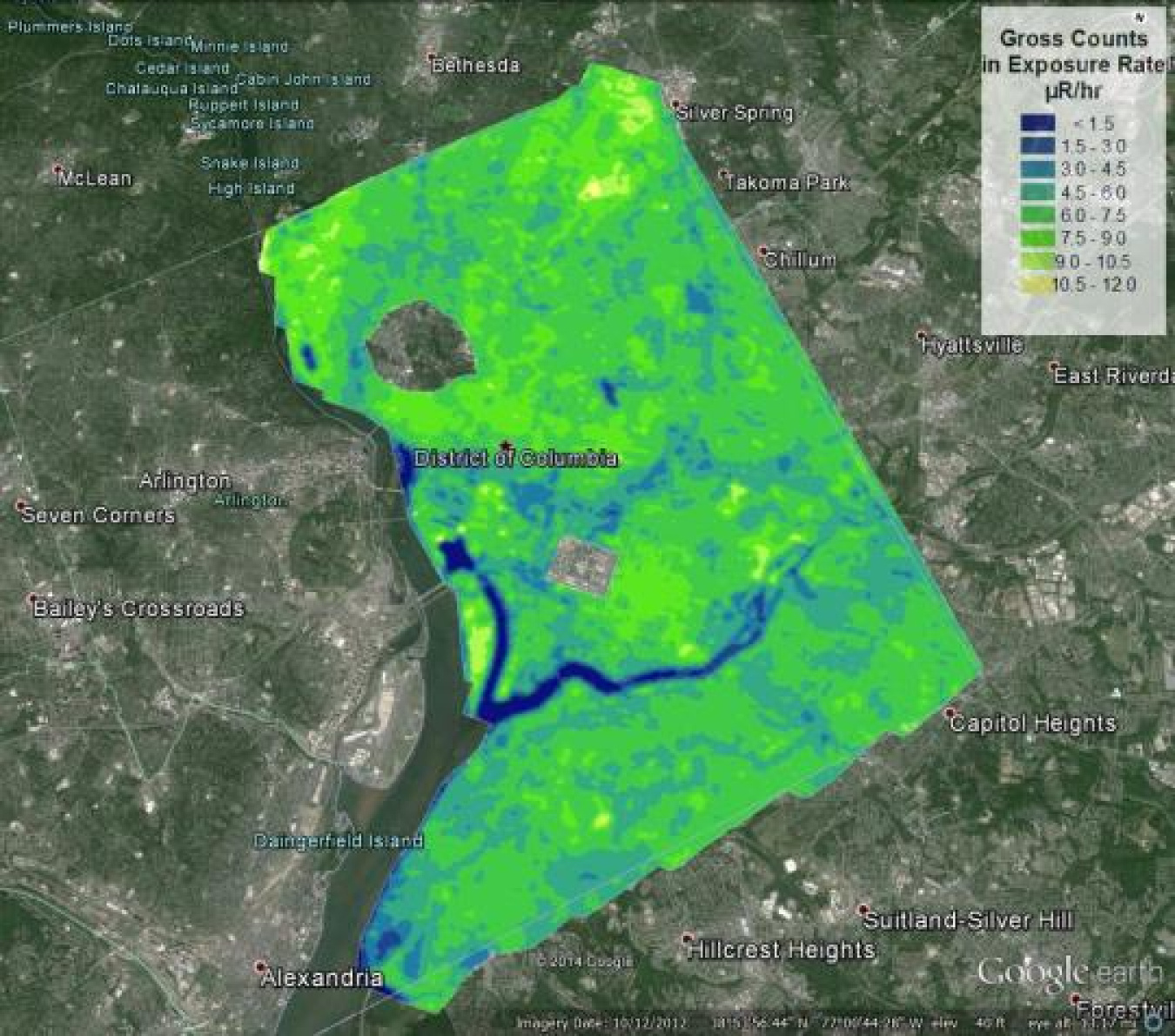
Some people are surprised by what shows up on the radioactivity map as “hot.” Examples might include a hospital that administers radioactive medicine, a building with large amounts of granite, or, even a warehouse storing bananas. Each of these examples will give off varying levels of naturally occurring radiation. None of these present a hazard, but they can be detected by the aircraft’s sensitive equipment.
In the case of a radiological emergency, maps like these would be used to determine where new contamination lies, so responders could focus their attention in those areas.
Some PANDAs mean business
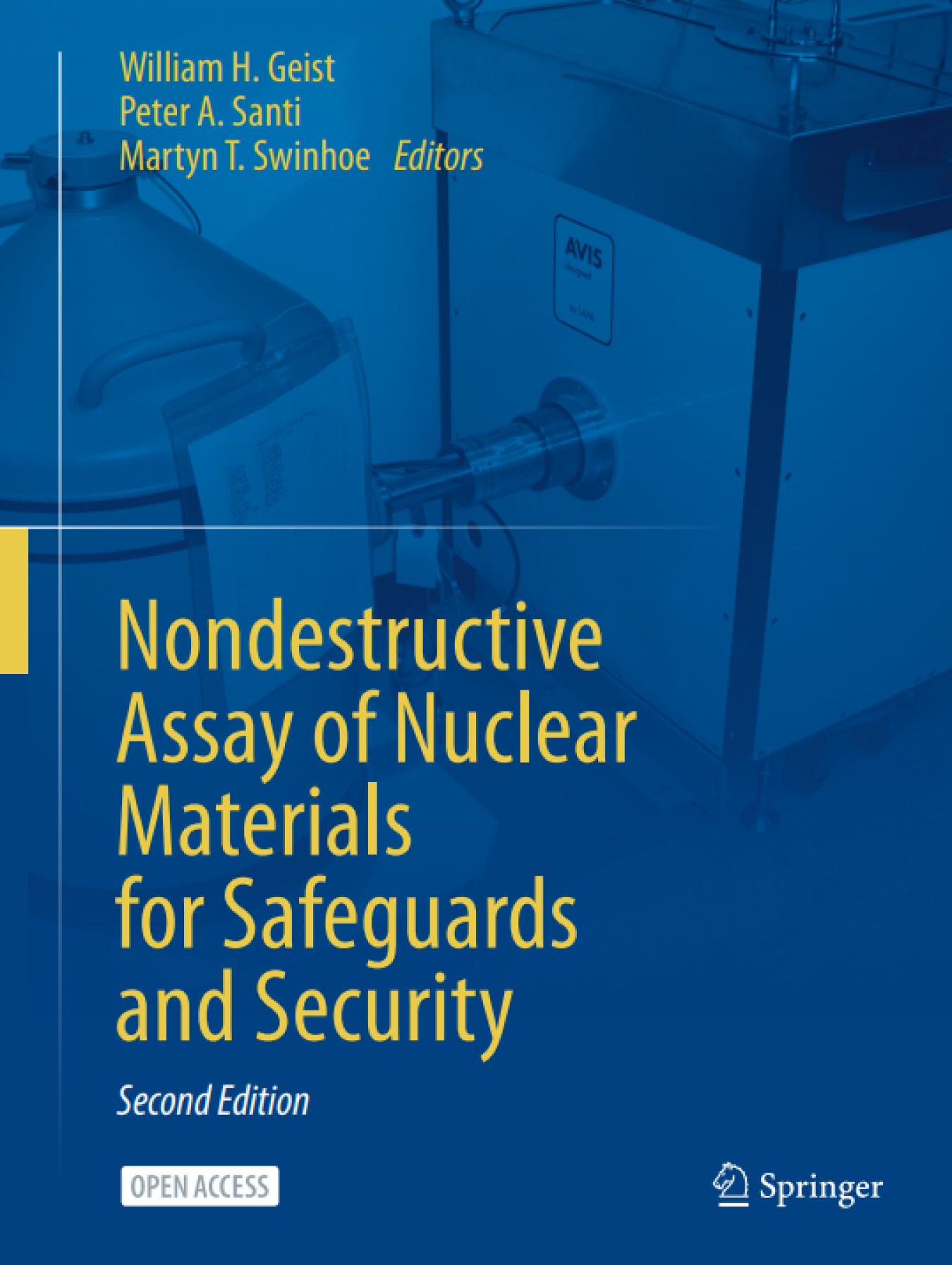
Gamma rays are a great way to detect and measure the presence of uranium and plutonium. In fact, Los Alamos National Laboratory literally wrote the book on it: the Passive Nondestructive Assay of Nuclear Materials — the so-called PANDA manual.
The book outlines the tools and ways that people can use to detect and identify nuclear materials for safeguards and security applications without destroying things.
But the manual does more than that. It explains where gamma rays come from (on Earth, usually radioactive decay). It discusses how they interact with their surroundings (different materials can cause them to do very different things). The manual also outlines the ways we can detect gamma rays (there are a bunch, each with its own plusses and minuses).
Although the basic physics of these materials haven’t changed since the first PANDA manual was published in 1991, scientists have improved analysis methods, and their instruments have gotten better.
Our detection capabilities are out of this world
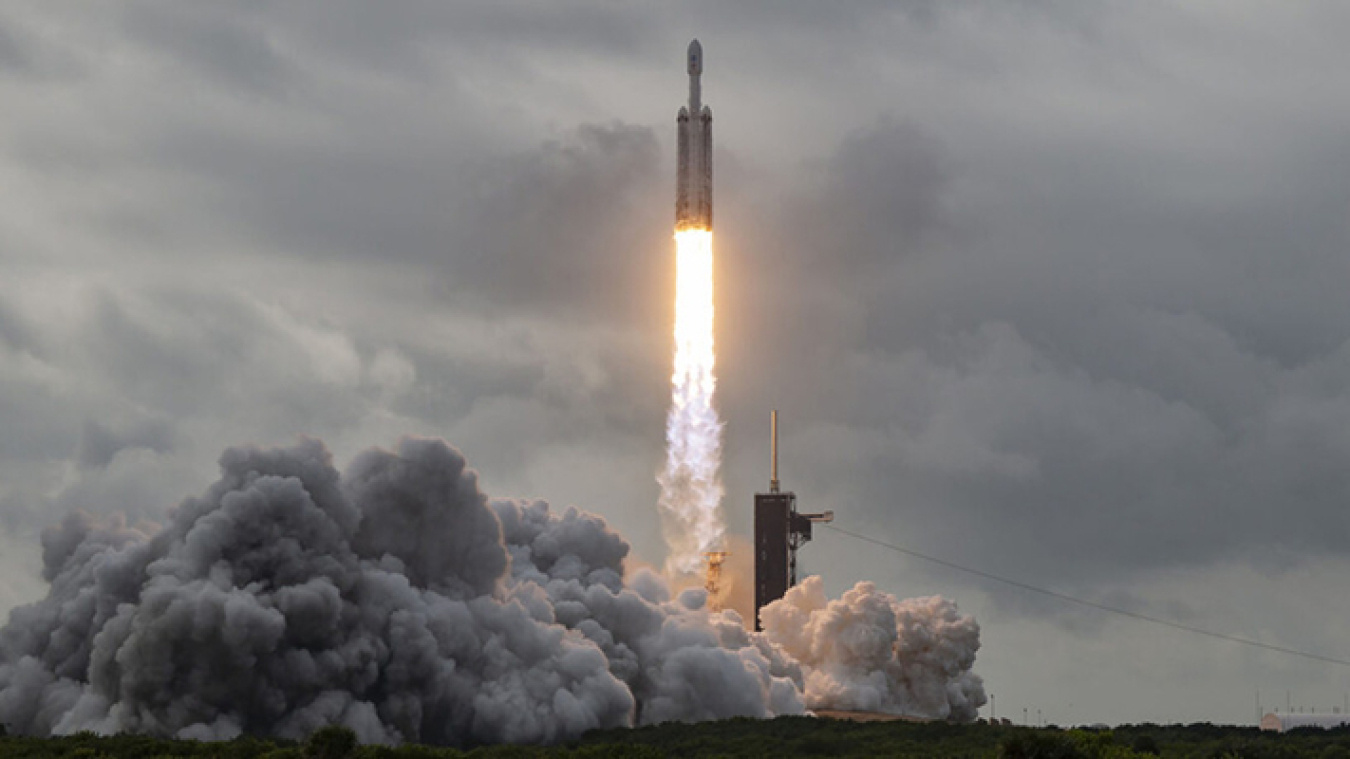
Researchers at NNSA’s Lawrence Livermore National Laboratory (LLNL) have built the highest-resolution gamma ray sensor that has ever flown in space.
The laboratory’s high-purity germanium gamma ray sensor is a key part of a detector built with researchers from Johns Hopkins Applied Physics Laboratory. It’s one of many instruments on a spacecraft launched in 2024 to visit Psyche, the largest metal asteroid in the solar system.
“With the higher resolution gamma ray sensor, it equates to much better sensitivity and a much better ability to identify elements on the surface of Psyche,” said LLNL physicist Morgan Burks, who led the team that developed the sensor.
The craft will travel more than two billion miles to reach the asteroid. Once the asteroid’s gravity captures the spacecraft in 2029, the prime mission will begin. It will spend about two years orbiting the asteroid to take pictures, map the surface, and collect data to determine its composition.
LLNL researchers are designing and building two more similar sensors for future space exploration missions.
Learn more about the history and discovery of gamma radiation from this National Aeronautics and Space Administration (NASA) timeline.
Research at NNSA spans the entire electromagnetic spectrum.This was an empty link: Learn about the electromagnetic spectrum through the science and technology used within the Nuclear Security Enterprise.


